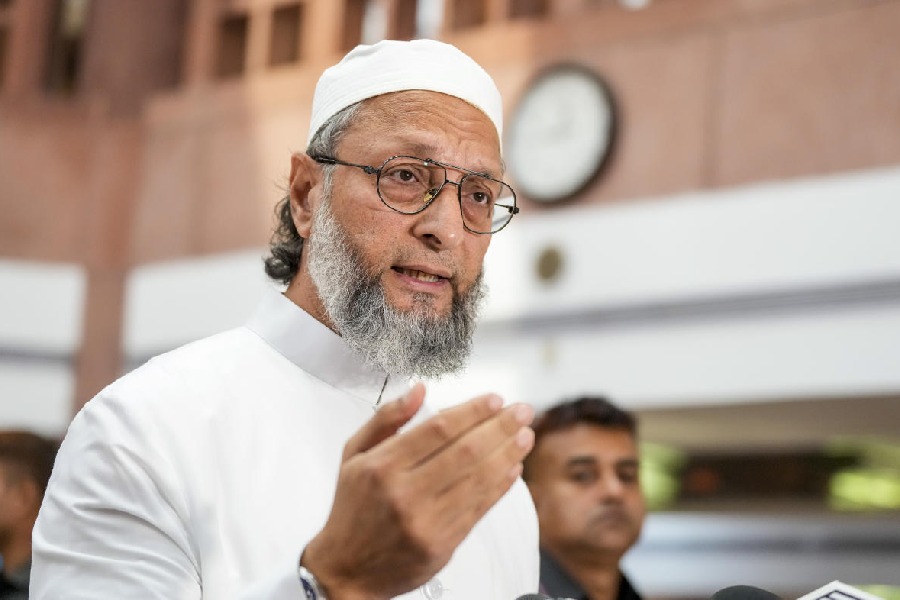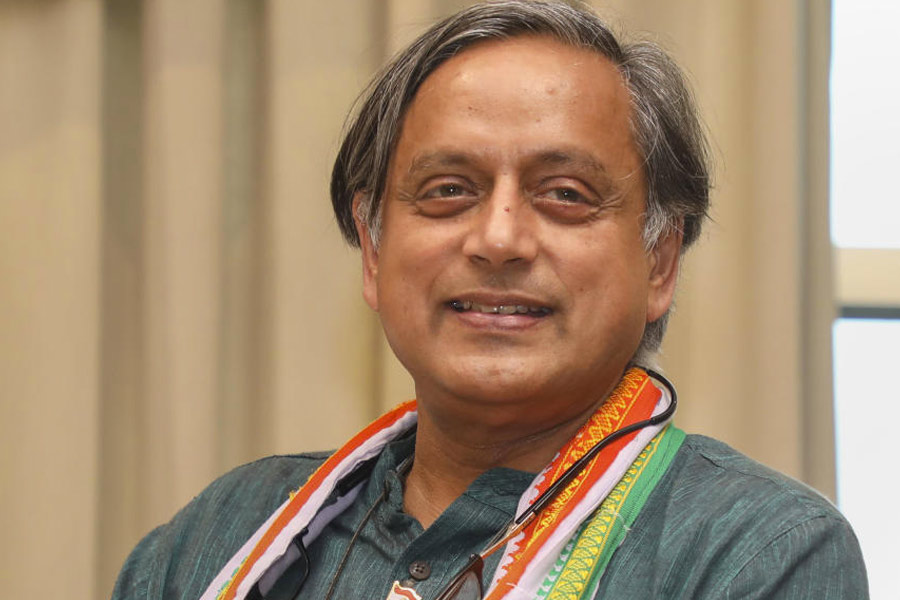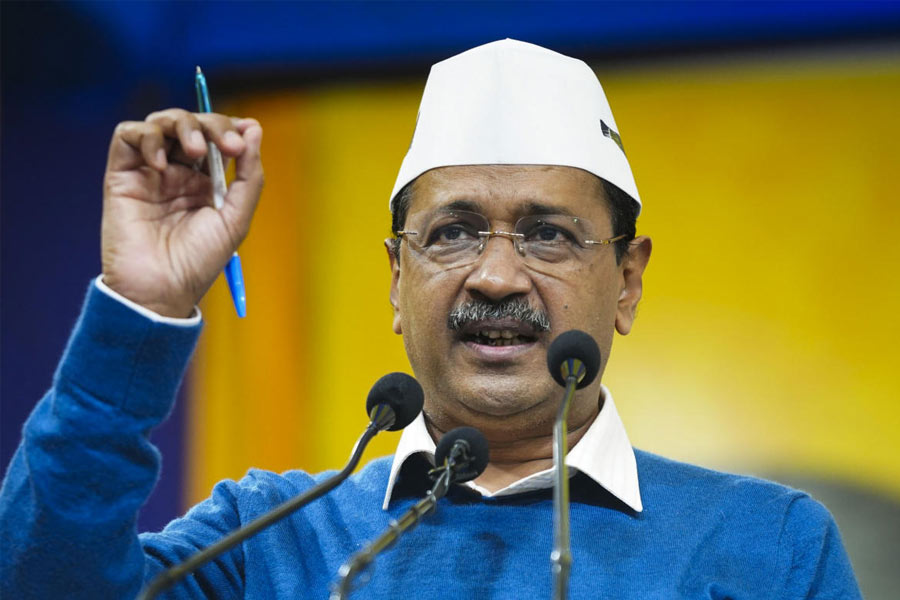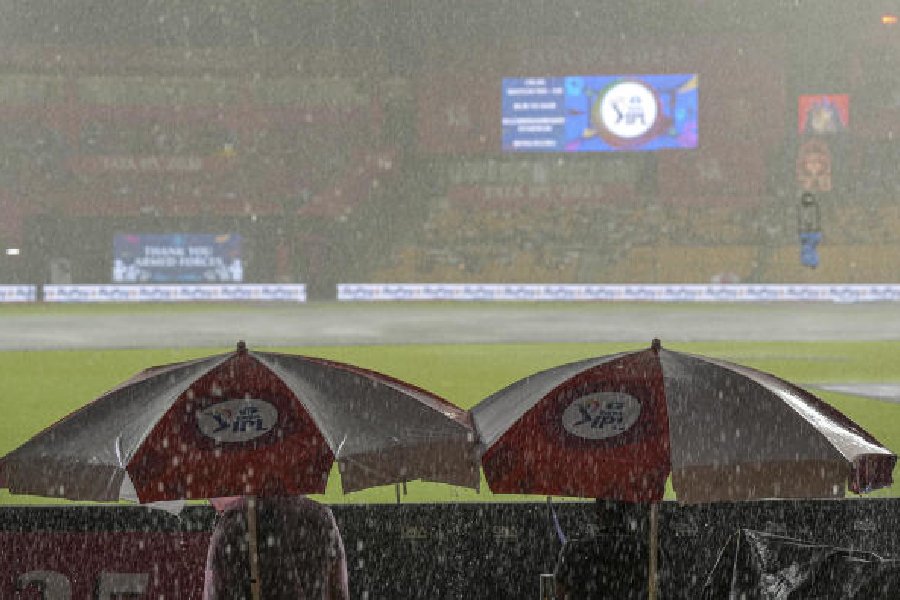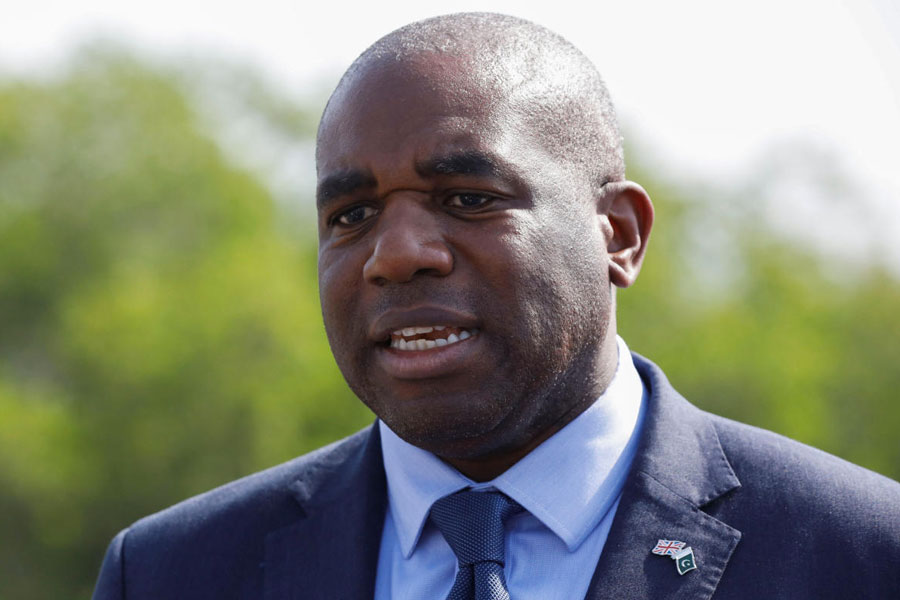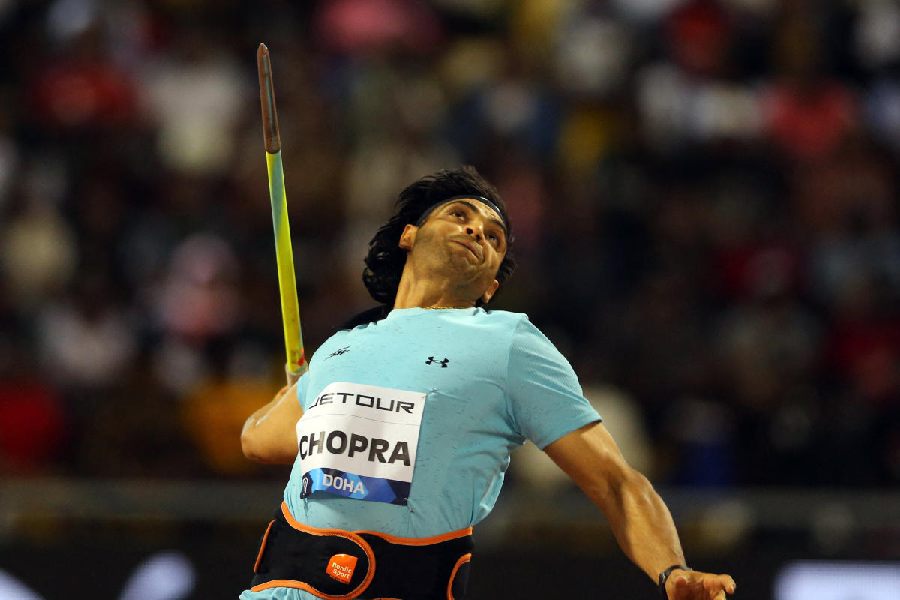 |
| Chief minister Nitish Kumar offers prayers at a shrine in Patna on Thursday. Telegraph picture |
Patna, Jan. 31: The clamour for Narendra Modi as the BJP’s prime ministerial candidate has begun haunting the 16-year-old NDA alliance in Bihar.
“If it eventually happens we will be up against a resurgent Lalu Prasad and a hostile Nitish Kumar, whom we have been praising for the last seven years,” said a BJP minister in Bihar, stressing that he had no doubt his party would be a major loser in the state “if the Gujarat CM does become the PM candidate”.
Not surprisingly, even staunch supporters of Narendra Modi have toned down their earlier strident demand in favour of the Gujarat chief minister. “I had said that I wanted Narendra Modi as PM candidate. But I had also said that it has to be decided by the central leadership of the BJP and NDA,” said Giriraj Singh.
The feeling of insecurity has even gripped the Janata Dal (United) as its leaders have toned down their verbal attacks on the BJP. National spokesperson of the party, Shivanand Tiwari, known to have often put the NDA in a tight spot, stressed that the “alliance is intact”. “Yashwant Sinha and Ram Jethmalani do not decide the policy of their party,” he said.
JD(U) leaders pointed out that snapping of the alliance will throw open the possibility of formation of an uncertain “new social combination”. “For 16 years we have relied on BJP central leaders for strategic support and campaigning. The BJP still has support in urban areas of the state. In certain parts like the Seemanchal area it won Lok Sabha seats even before the alliance came into existence,” said a senior JD(U) leader, adding that that there were many “ifs and buts” in the electoral scene in Bihar if the alliance does end. “It remains to be seen if our calculation of getting more Muslim votes works and also the impact of Narendra Modi’s visit to Bihar during campaigning,” he said.
In 1995, when Nitish Kumar and George Fernandes formed the Samata Party and fought the Assembly polls alone in undivided Bihar, it contested 310 of the 324 seats. It won just seven seats while 270 of its candidates lost their deposit. The party got just seven per cent of the popular votes. The BJP on the other hand won 41 seats with around 13 per cent of the popular votes.
But once the two parties joined hands, their fortunes changed. In the Lok Sabha polls of 1996, the Samata Party won six seats and bagged 14 per cent of the votes. The BJP won 18 seats with 20 per cent of the votes. In 1999, the Samata Party, in its new avatar of JD(U), won 18 seats while the BJP got 23. Except for the 2004 Lok Sabha polls, when the NDA got marginally less votes than the RJD-LJP-Congress alliance, the two parties have increased their seats and votes in both the parliamentary and Assembly elections. In the last Assembly polls of 2010, the NDA not only bagged 206 of the 243 seats, it also garnered around 39 per cent of the votes. The RJD and LJP were decimated though they got 34 per cent of the votes.
JD(U) leaders close to Nitish say they would make no compromise on Narendra Modi. “If the BJP announces Narendra Modi as the PM candidate, the final decision on the alliance will be taken by Nitish Kumar. But I do not see how he can make a U-turn after the public posture he has taken. He will have no other alternative but to quit the alliance,” said a JD(U) legislator, stressing that it would be catastrophic for both the parties. “The BJP will lose but I am not confident that the JD(U) will gain,” he added.
During the initial months of 2012, the JD(U) was brimming with confidence and their leaders boasted they would be better off without the BJP. Their argument was that the entire minority vote would shift towards the JD(U). Nitish even made statements which added to the confusion over the future of the alliance. He said he would support any alliance which gave special status to Bihar. The JD(U) broke ranks with the NDA and backed Pranab Mukherjee as President. Nitish made sure that no posters of Narendra Modi was put up in official functions of the BJP.
However, during the public meetings of Nitish to gather support for the Adhikar Rally, he was heckled and stone-pelted at several places by contractual teachers. The realisation that anti-incumbency was finally catching up came in the form of public unrest witnessed across the state. Corruption, for example, is a major area of disenchantment among the people. In spite of the brave front put by the JD(U), the large crowds drawn by chief adversary Lalu Prasad during his Parivartan Yatra have set off the alarm. The confidence of Lalu Prasad has risen to the level that he has announced a rally in Gandhi Maidan in April.
All this has meant that the once-smug JD(U) leaders have begun building bridges with the BJP. The joint workers’ meet at 1 Aney Marg was resumed and the chief minister himself declared that the Dal (U) would fight the Lok Sabha elections with the BJP. More recently he came out in support of the BJP when Union home minister Sushil Shinde made his statement on “saffron terror”. With the honeymoon period over and the increasing confidence of the RJD, the JD(U) is now reverting back to the alliance which looked so fragile at one stage.
The BJP is still the cadre-based party whose workers are visible on the streets during elections, unlike the JD(U). The victory in terms of vote percentage is too close for comfort.


